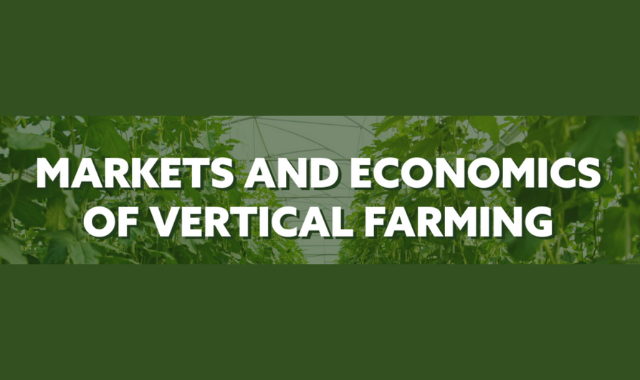What is vertical farming exactly? With so many methods out of traditional farming already available, do even need to have a new method? Basically, vertical farming kind of mimics vertical buildings. This means that it has stacks layered on top of one another, having containers with plants of all types. There is, of course, the space for these plants to grow. How it differs from traditional methods is awe-striking.
Firstly, it is a method which is soilless. this can have its benefits as leaving soil to natural environments can be harmful if there are pesticides, monsoons and other reasons. Secondly, vertical farming is done in a controlled environment. This provides more flexibility to take care of plants. For instance, the temperature can be controlled.
We can also think of vertical farming in another manner. Each plant is different from the other and thus, they all require different treatments. Even within a certain category of plants, each can have varying requirements. For instance, a pumpkin may require certain amount of water that a pineapple does not. And so on. Using different sections of vertical farming, these requirements can be maintained with much ease.
To combat climate change that is affecting farms all around the world, the method of vertical farming has been gaining popularity. And while it is gaining momentum, there are a few restrictions that come into play such as financial resources, for one. However, vertical farming can deal with all types of crops, such as flowers, herbs and more. But not every crop can be sustainable within the environment of vertical farming. The infographic below explains the markets and economic of vertical farming in further detail.

Infographic by: EnergyMinute

